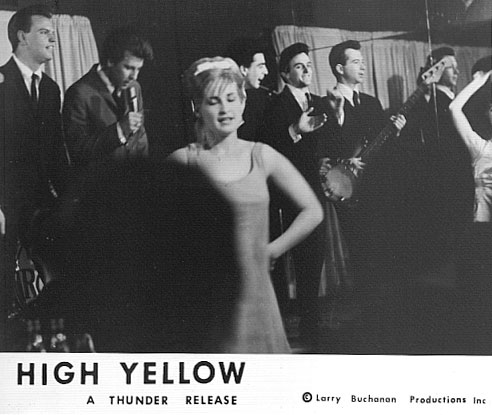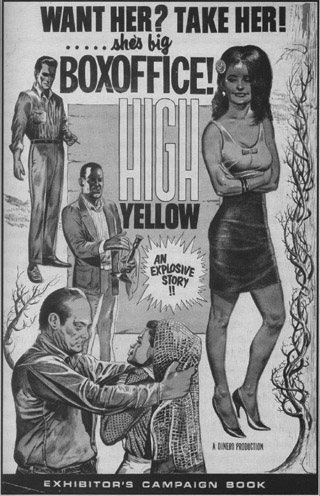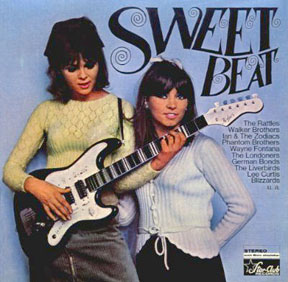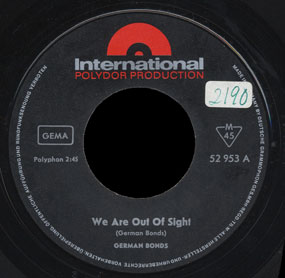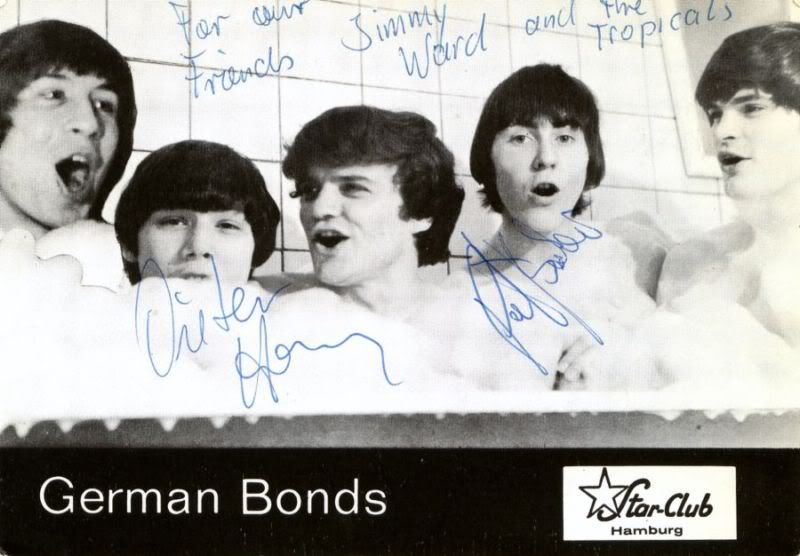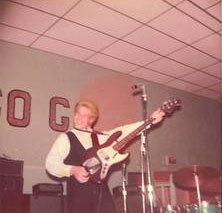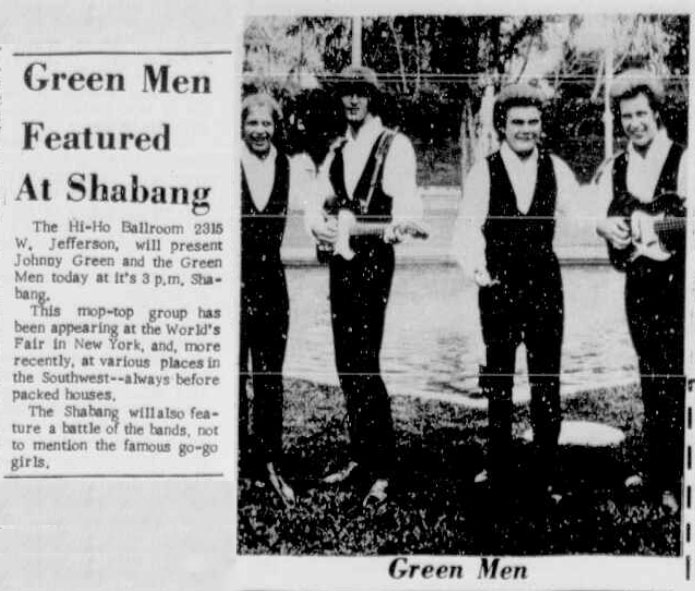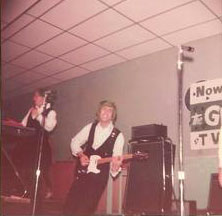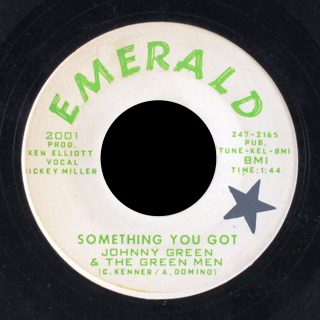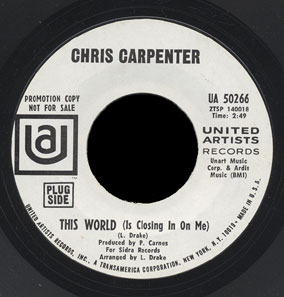
 The Dynamites were Segawa Hiroshi vocals, guitar and leader of the group (that’s him in the chair), Oki Keizo slide guitar (unusual for a Japanese band), Yamaguchi Fujio lead guitar, Yoshida Hiroji bass and vocals, and Nomura Mitsuro (“Tako”) on drums. The ripping guitar and driving rhythm of their best music make them one of the top Japanese garage bands.
The Dynamites were Segawa Hiroshi vocals, guitar and leader of the group (that’s him in the chair), Oki Keizo slide guitar (unusual for a Japanese band), Yamaguchi Fujio lead guitar, Yoshida Hiroji bass and vocals, and Nomura Mitsuro (“Tako”) on drums. The ripping guitar and driving rhythm of their best music make them one of the top Japanese garage bands.
They came out of the Tokyo club scene, calling themselves the Monsters before having to change their name when signed to Victor.
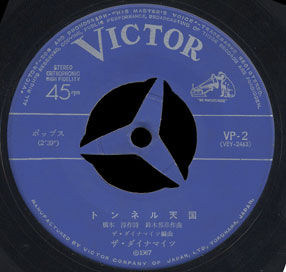 Their first single from November, 1967 (pictured above) contains different versions of two songs that would show up on their album, Young Sound R&B. “Tunnel to Heaven” is a fine number on the 45, but compare it to the LP and what a difference! Much heavier drums and the guitar is forward in the mix instead of the vocals dominating. Both versions have fantastic solos and plenty of shouts and screams.
Their first single from November, 1967 (pictured above) contains different versions of two songs that would show up on their album, Young Sound R&B. “Tunnel to Heaven” is a fine number on the 45, but compare it to the LP and what a difference! Much heavier drums and the guitar is forward in the mix instead of the vocals dominating. Both versions have fantastic solos and plenty of shouts and screams.
The opening chords of “Koi Wa Mo Takusan” (That’s Enough Love), very reminiscent of Paint It Black, segue into a heavy fuzz intro on the LP. On the 45 strings carry the melody instead of the guitar, though once again the solo blazes away. The LP version retains the strings but they’re flat buried in the mix. The song itself is fairly bland and wouldn’t appeal to non-Group Sounds fans, but that opening and the ferocious guitar solo make it worthwhile.
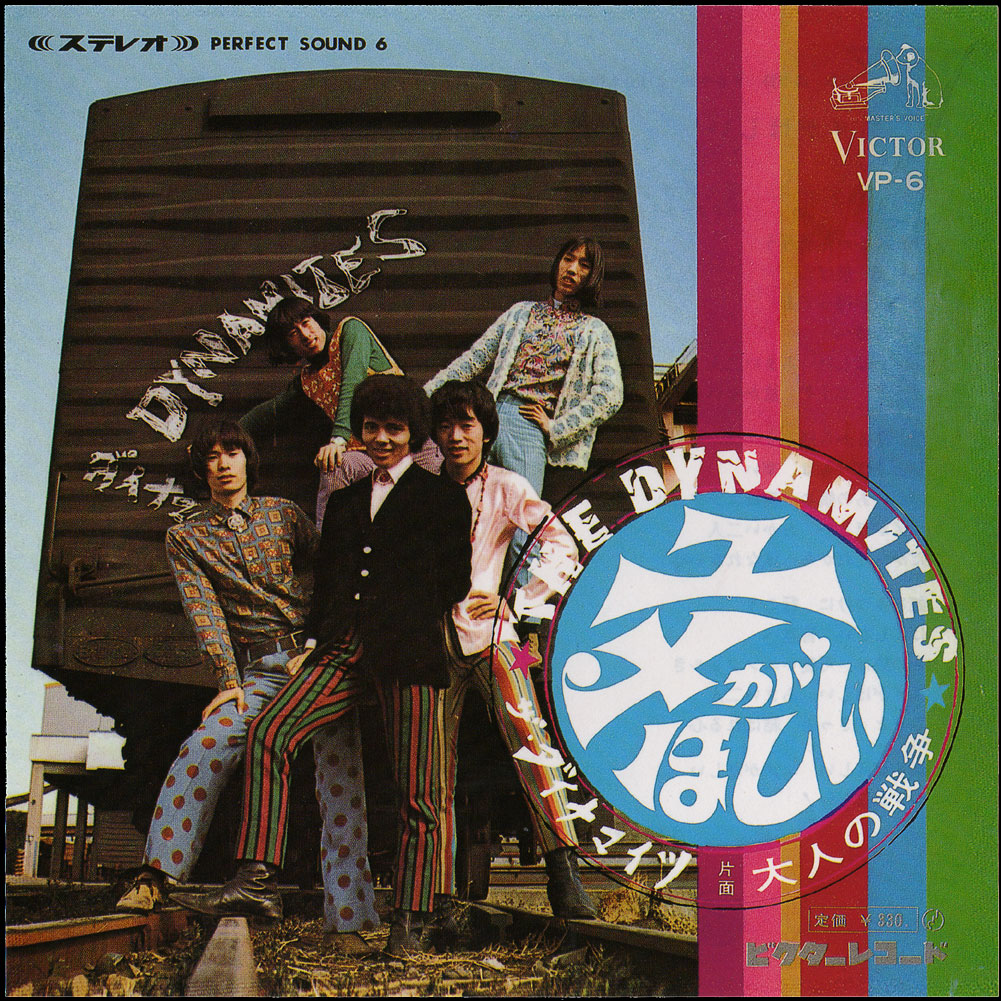
The flip of their second 45 from March of 1968 was “Otona no Senso”, which translates as Adult War, and I don’t really know what that’s supposed to mean. This one repeats the unique Dynamites formula: strings, insistent rhythm, screams and shouts, and plenty of fuzz. Japanese 45s and LPs from this time are in stereo with excellent recording quality; when the music is this good it’s a rare treat.
A clip of the Dynamites performing the A-side of their second 45, “Yume Ga Hoshii” in a movie (not sure which) has been taken down from yutube.
Like most GS bands, their LP is chock full of poorly chosen cover songs like “My Girl” and the Bee Gees’ “Massachusetts”. though there’s also an LP-only original “Nobosecha Ikenai” that’s good. It was released in April of 1968 and was followed by three more singles that I haven’t heard:
“Manatsu No Yoru No Dobutsuen (On Midsummer’s Night)” / “Kegawa Ni Natta Shimauma (The Zebra Who Became Fur)”
“Koi Wa Question (Love Is Question)” / “Sekaiju Ni Hohoemi O (Smile At The Whole World)”
“Bara To Akuma” / “Yume-Demo Lisa”
There’s also a CD Live at the Go Go ACB 1969, which is supposed to be OK, but with poor sound quality. I haven’t heard that either.
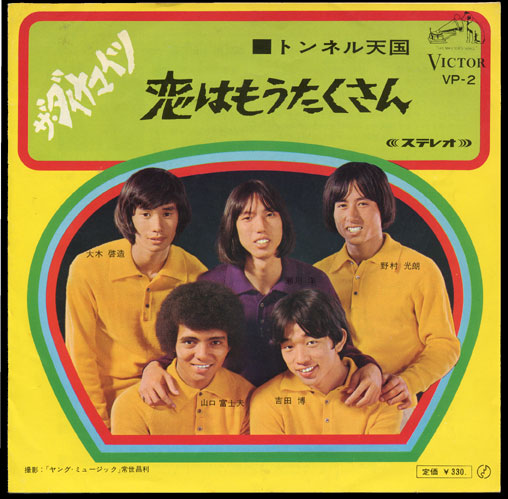

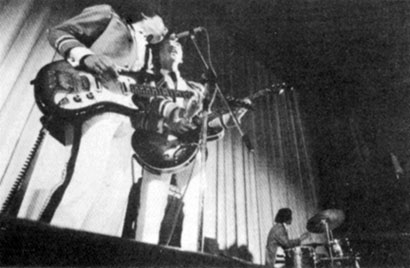
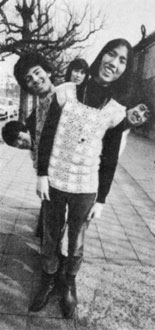

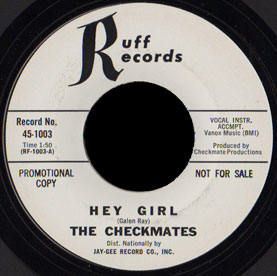
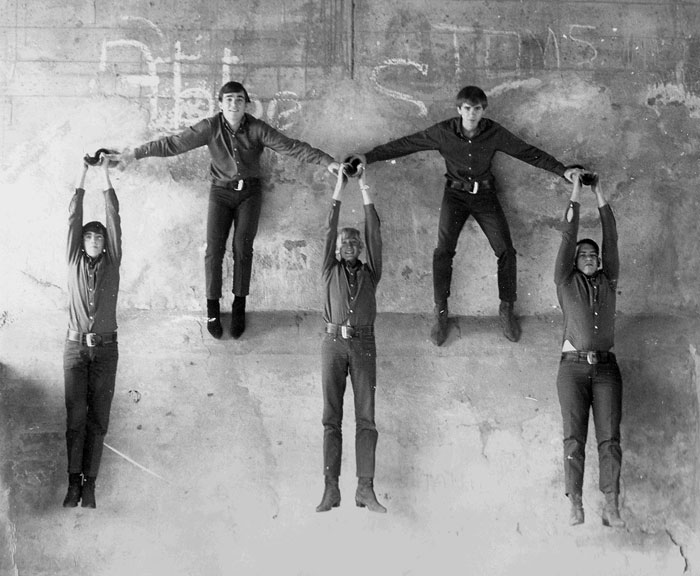

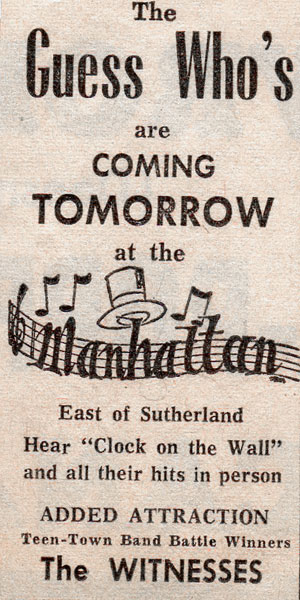

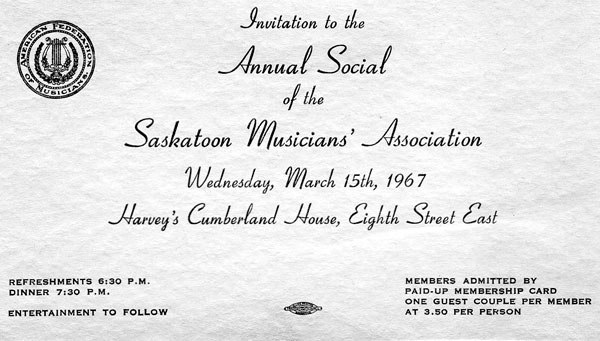



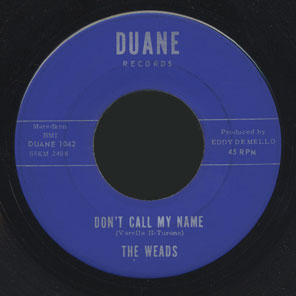 The Weads were the first rock band to release a record on the Duane label in Bermuda. I wondered, how did a band from Stony Brook, New York end up on a label from Bermuda? That question was answered when I spoke to Rodger Jackson, bass player for the Weads, who generously provided a lot of information about this great band.
The Weads were the first rock band to release a record on the Duane label in Bermuda. I wondered, how did a band from Stony Brook, New York end up on a label from Bermuda? That question was answered when I spoke to Rodger Jackson, bass player for the Weads, who generously provided a lot of information about this great band.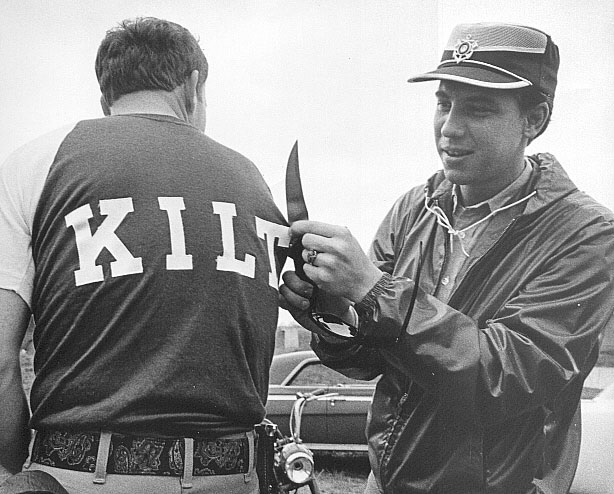
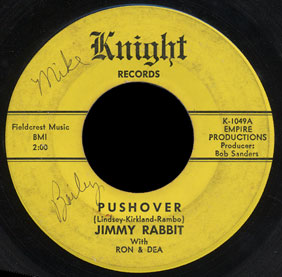 Jimmy Rabbit was a prominent DJ at Dallas station KLIF AM 1190 with a show that mixed British Invasion sounds with Texas acts like Mouse and the Traps, Sir Douglas Quintet and the Five Americans. Having tried his hand at singing as a young rockabilly under his real name, Eddy Payne (Dale Payne), he decided to make another attempt in 1965. With help from friends, Rabbit released three good garage 45s from ’65 to ’67.
Jimmy Rabbit was a prominent DJ at Dallas station KLIF AM 1190 with a show that mixed British Invasion sounds with Texas acts like Mouse and the Traps, Sir Douglas Quintet and the Five Americans. Having tried his hand at singing as a young rockabilly under his real name, Eddy Payne (Dale Payne), he decided to make another attempt in 1965. With help from friends, Rabbit released three good garage 45s from ’65 to ’67. The b-side “Wait and See” is dark and less catchy, but pretty good too. Both of these were written by Lindsey-Kirkland-Rambo, arranged by Bob Rambo and produced by Bob Sanders.
The b-side “Wait and See” is dark and less catchy, but pretty good too. Both of these were written by Lindsey-Kirkland-Rambo, arranged by Bob Rambo and produced by Bob Sanders.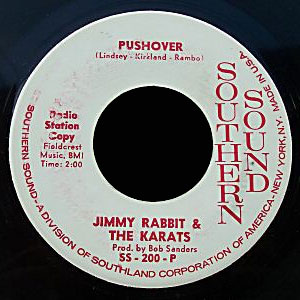
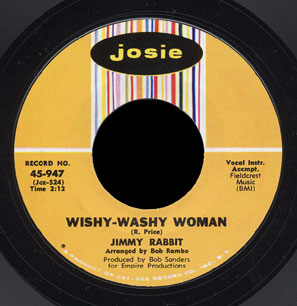
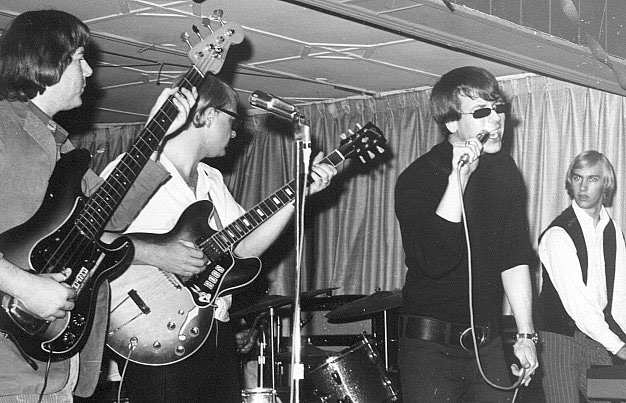
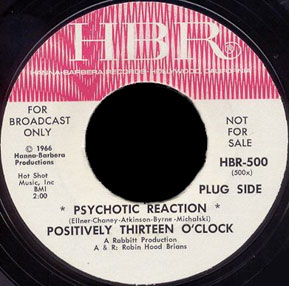 His biggest hit came in 1966, with a buzzy cover of “Psychotic Reaction” under the name Positively Thirteen O’Clock, recorded at Robin Hood Brians studio in Tyler, Texas with members of Mouse and the Traps: “Bugs” Henderson and Ronnie “Mouse” Weiss on guitars, Ken “Nardo” Murray drums, David Stanley bass, and Jerry Howell organ.
His biggest hit came in 1966, with a buzzy cover of “Psychotic Reaction” under the name Positively Thirteen O’Clock, recorded at Robin Hood Brians studio in Tyler, Texas with members of Mouse and the Traps: “Bugs” Henderson and Ronnie “Mouse” Weiss on guitars, Ken “Nardo” Murray drums, David Stanley bass, and Jerry Howell organ.